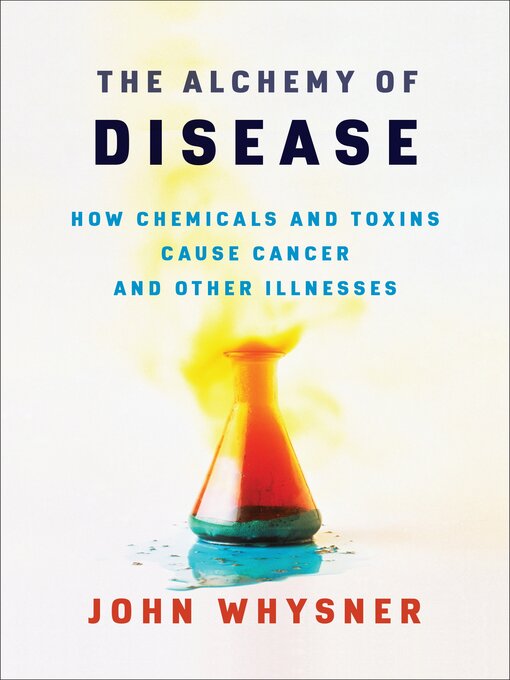Since the dawn of the industrial age, we have unleashed a bewildering number of potentially harmful chemicals. But out of this vast array, how do we identify the actual threats? What does it take to prove that a certain chemical causes cancer? How do we translate academic knowledge of the toxic effects of particular substances into understanding real-world health consequences? The science that answers these questions is toxicology.
In The Alchemy of Disease, John Whysner offers an accessible and compelling history of toxicology and its key findings. He details the experiments and discoveries that revealed the causal connections between chemical exposures and diseases. Balancing clear accounts of groundbreaking science with human drama and public-policy relevance, Whysner describes key moments in the development of toxicology and their thorny social and political implications. The book features discussions of toxicological problems past and present, including DDT, cigarettes and other carcinogens, lead poisoning, fossil fuels, chemical warfare, pharmaceuticals—including opioids—and the efficacy of animal testing. Offering valuable insight into the science and politics of crucial public-health concerns, The Alchemy of Disease shows that toxicology's task—pinpointing the chemical cause of an illness—is as compelling as any detective story.
- Available now
- New eBook additions
- New kids additions
- New teen additions
- Most popular
- Great reads without the wait!
- See all ebooks collections
- Favorite Recorded Books Audio
- Available now
- New audiobook additions
- New kids additions
- New teen additions
- Most popular
- Try something different
- Family Road Trip Audiobooks
- Audiobooks for the Whole Family
- Great Narrators
- Always Available Audiobooks
- Listen While You Run: Audiobooks for Workouts
- Poetry is Meant to Be Spoken
- See all audiobooks collections
- Top Magazines - Now Available!
- Crafting & DIY
- Just added
- Sports
- Health & Fitness
- News & Politics
- Cars & Motorcycles
- Food & Cooking
- Business & Finance
- Revistas digitales
- 中文(简体
- 雑誌
- See all magazines collections

